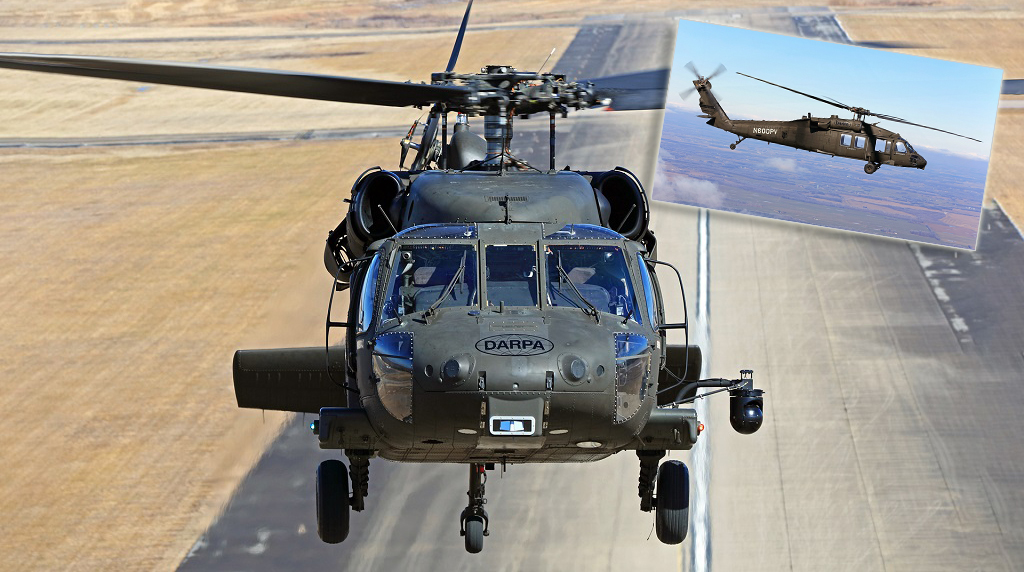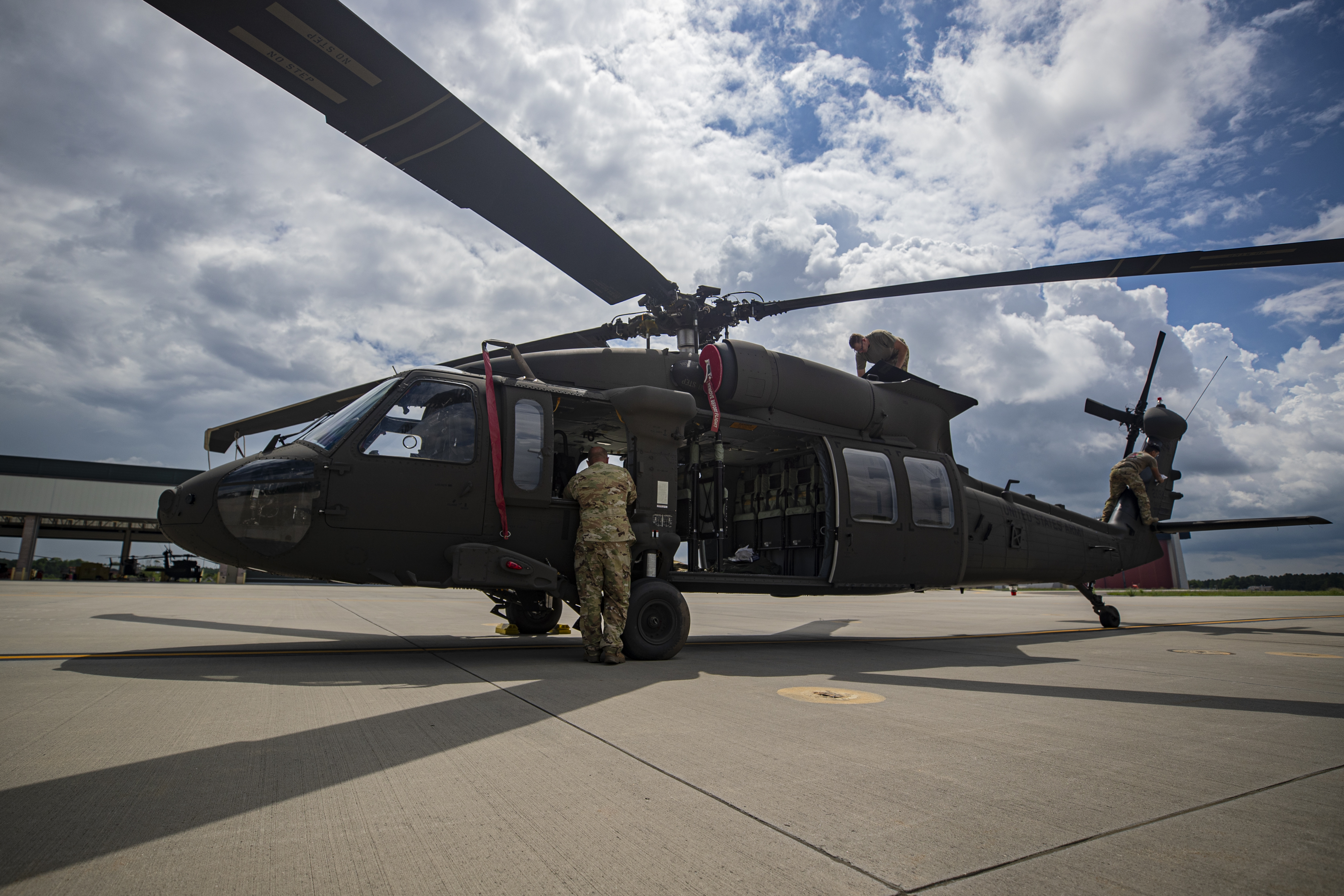Exploring the Innovative Innovation Behind Aircraft Design and Engineering
The area of aircraft design and design is experiencing a transformative shift driven by innovative modern technologies that improve performance, efficiency, and sustainability. Advanced products such as carbon fiber compounds and titanium alloys are establishing new criteria, while aerodynamic innovations and expert system are streamlining procedures and improving results. As the sector faces the challenges of ecological responsibility, growths in sustainable aviation modern technologies guarantee to improve the future. Nevertheless, the implications of these developments prolong beyond performance metrics; they might redefine the very nature of air traveling. What might this suggest for the sector in its entirety?
Advanced Materials in Aircraft Layout
Just how can the combination of advanced products revolutionize aircraft layout? The unification of sophisticated materials, such as carbon fiber compounds, titanium alloys, and progressed ceramics, plays a crucial function in enhancing airplane performance and performance. These materials offer premium strength-to-weight ratios, making it possible for producers to lower overall airplane weight without compromising architectural integrity. This decrease in weight directly adds to improved gas performance and enhanced haul capacity.
Furthermore, sophisticated products exhibit enhanced resistance to corrosion and tiredness, leading to reduced upkeep prices and extensive life span. For circumstances, making use of titanium in essential parts assists hold up against extreme temperature levels and stresses, while carbon fiber composites offer flexibility in layout and production processes. This versatility enables even more wind resistant forms, contributing to remarkable efficiency attributes.
Furthermore, the integration of smart products, which can alter buildings in response to exterior stimulations, opens up brand-new opportunities for adaptive systems in aircraft style. uh 60. These advancements guarantee not just to improve security and functional efficiency yet likewise to contribute to sustainability initiatives by reducing ecological effect through lowered discharges. In summary, progressed materials are redefining the landscape of airplane design, leading the way for extra effective, durable, and environmentally pleasant air travel services
Wind Resistant Advancements for Efficiency
Wind resistant innovations play a critical duty in improving aircraft efficiency, significantly affecting gas consumption and total performance. Breakthroughs in airfoil style, such as the introduction of supercritical wings, permit maximized lift-to-drag ratios, minimizing drag at transonic rates. These developments allow aircraft to maintain greater speeds with reduced gas expenditure, straight affecting functional prices and environmental sustainability.
Additionally, the assimilation of winglets has shown reliable in mitigating vortex-induced drag at the suggestions of wings, better enhancing gas efficiency - uh 60. This style modification leads to a decrease in wake turbulence, adding to enhanced wind resistant performance during cruise conditions

Furthermore, computational fluid dynamics (CFD) tools have transformed the testing and refinement of aerodynamic forms, enabling specific simulations of air movement around aircraft (uh 60). This allows engineers to innovate constantly, guaranteeing that modern airplane not just satisfy governing requirements but likewise push the limits of effectiveness in air travel

Function of Computer Simulations
Computer simulations have become a crucial device in the area of airplane layout, enabling engineers to conduct thorough evaluations and optimizations of numerous layout elements. These simulations allow for the online screening of wind resistant residential or commercial properties, architectural honesty, and performance metrics long before physical models are developed. By utilizing computational fluid dynamics (CFD) and finite aspect evaluation (FEA), designers can forecast exactly how air streams around the aircraft and exactly how different materials will reply to tension and stress.
Moreover, computer simulations assist in the expedition of a large range of variables and situations, accelerating the layout procedure and minimizing costs connected with physical testing. This ability not just improves the accuracy of forecasts pertaining to airplane behavior yet additionally provides insights into potential layout renovations that may not be instantly apparent via conventional methods.

Furthermore, simulations aid make certain conformity with stringent safety and security laws by permitting designers to determine and rectify prospective problems early in the design phase. The combination of simulation my explanation modern technologies right into the aircraft layout procedure underscores the considerable advancements in engineering techniques, inevitably contributing to the growth of safer, much more effective, and eco-friendly aircraft.
Expert System in Engineering
Fabricated knowledge (AI) is reinventing the design landscape, especially in aircraft design, by boosting decision-making procedures and enhancing layout process. Through artificial intelligence formulas, AI can examine large datasets, uncovering patterns and understandings that notify design selections and enhance overall performance.
AI applications in airplane style include generative layout, where algorithms create numerous style alternatives based upon specified criteria, enabling engineers to examine a wider array of opportunities. This not only speeds up the design stage but additionally guarantees that the final items meet rigid performance and security criteria.
In addition, AI-driven predictive analytics promote maintenance organizing by analyzing historic information and anticipating possible failures. This aggressive method minimizes downtime and enhances airplane integrity.
Furthermore, AI help in simulation and modeling, enabling engineers to check designs a fantastic read under different problems without the demand for physical prototypes. This ability reduces development timelines and reduces prices related to conventional screening approaches.
Sustainable Air Travel Technologies
The answer exists in the fostering of lasting aeronautics modern technologies that prioritize efficiency and lower carbon discharges. Technologies such as sustainable aviation gas (SAFs), which are derived from renewable resources, have emerged as a crucial component in achieving reduced lifecycle find out exhausts.
In addition, innovations in airplane design, such as the advancement of lighter materials and more aerodynamically effective forms, add to improved fuel effectiveness. Electric and hybrid propulsion systems are also getting grip, using a pathway to minimize reliance on fossil gas and decrease greenhouse gas emissions.
The integration of these innovations is sustained by regulatory structures and sector collaborations aimed at establishing ambitious sustainability targets. In addition, digital tools like data analytics and fabricated knowledge can maximize flight operations, further boosting gas efficiency. By welcoming lasting methods and modern technologies, the air travel market can not only satisfy the growing need for air travel however also play a crucial function in dealing with environment change, making certain a much more lasting future for air transportation.
Conclusion
The convergence of advanced products, wind resistant developments, and cutting-edge modern technologies marks a significant advancement in aircraft layout and design. The integration of carbon fiber composites, titanium alloys, and AI-driven processes not only boosts performance and effectiveness however additionally improves workflows and anticipating maintenance.

Computer system simulations have become a vital tool in the field of airplane design, enabling engineers to carry out thorough analyses and optimizations of numerous design elements.The merging of innovative products, aerodynamic developments, and sophisticated modern technologies notes a considerable evolution in aircraft style and design.
Comments on “UH 60 Black Hawk: Key Features and Innovations”